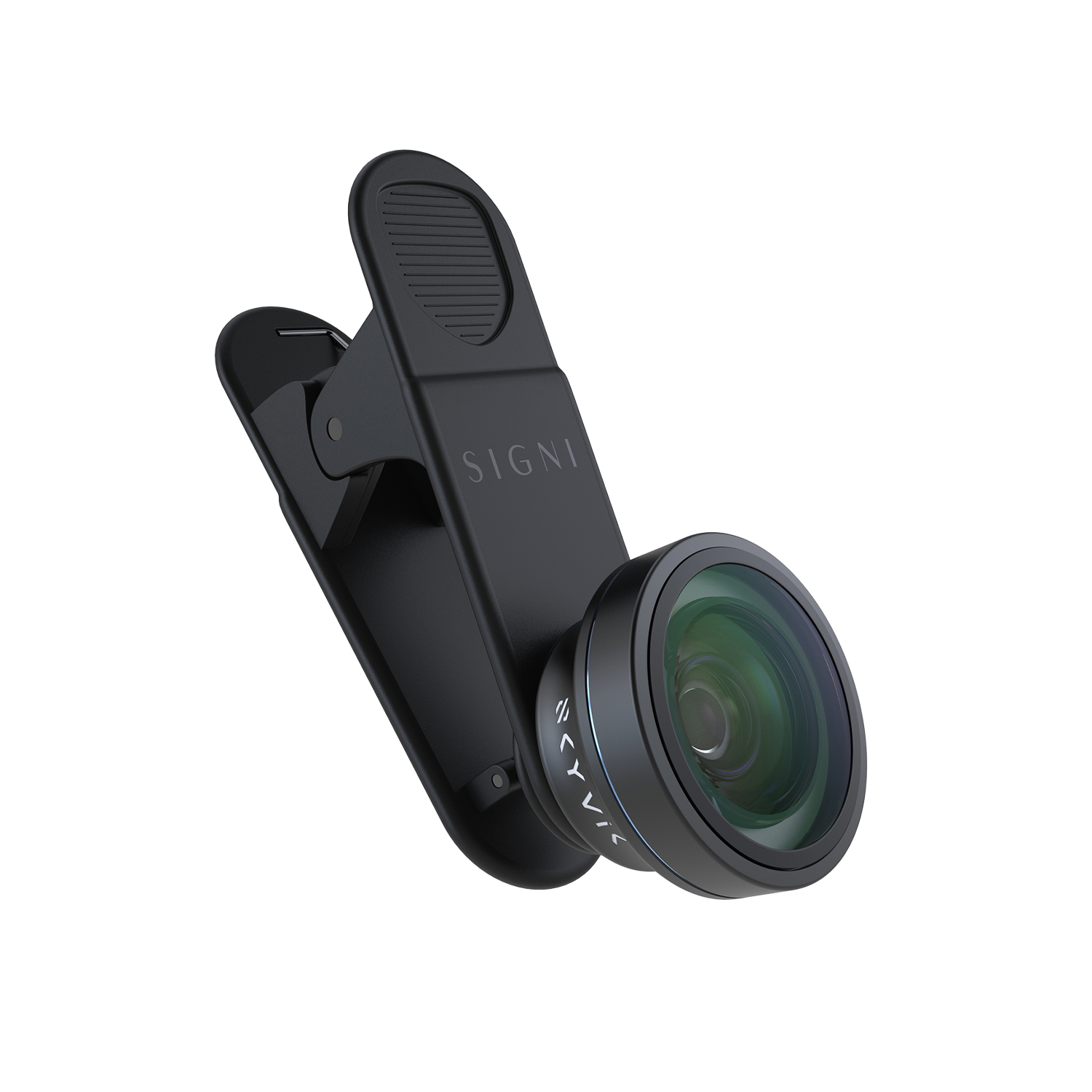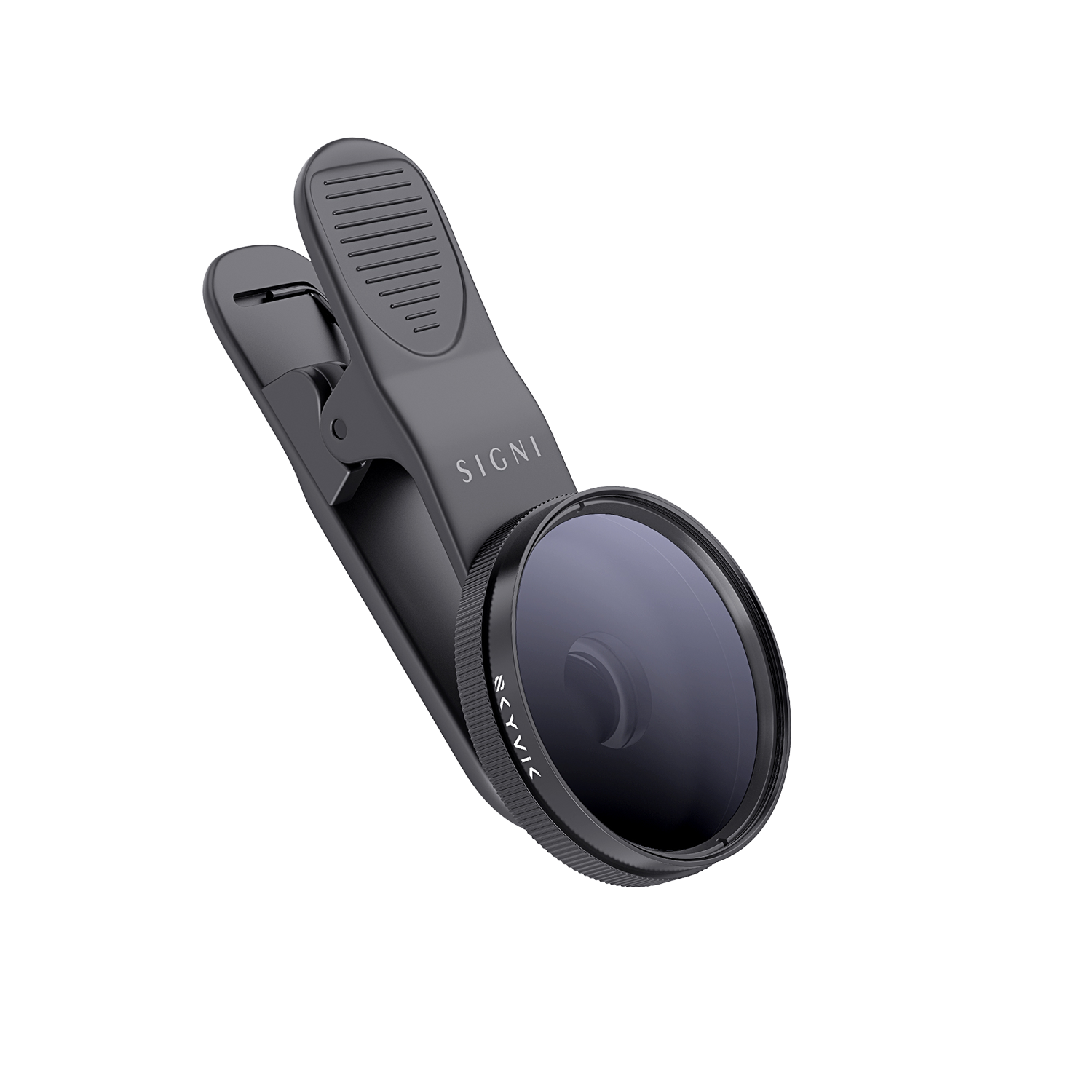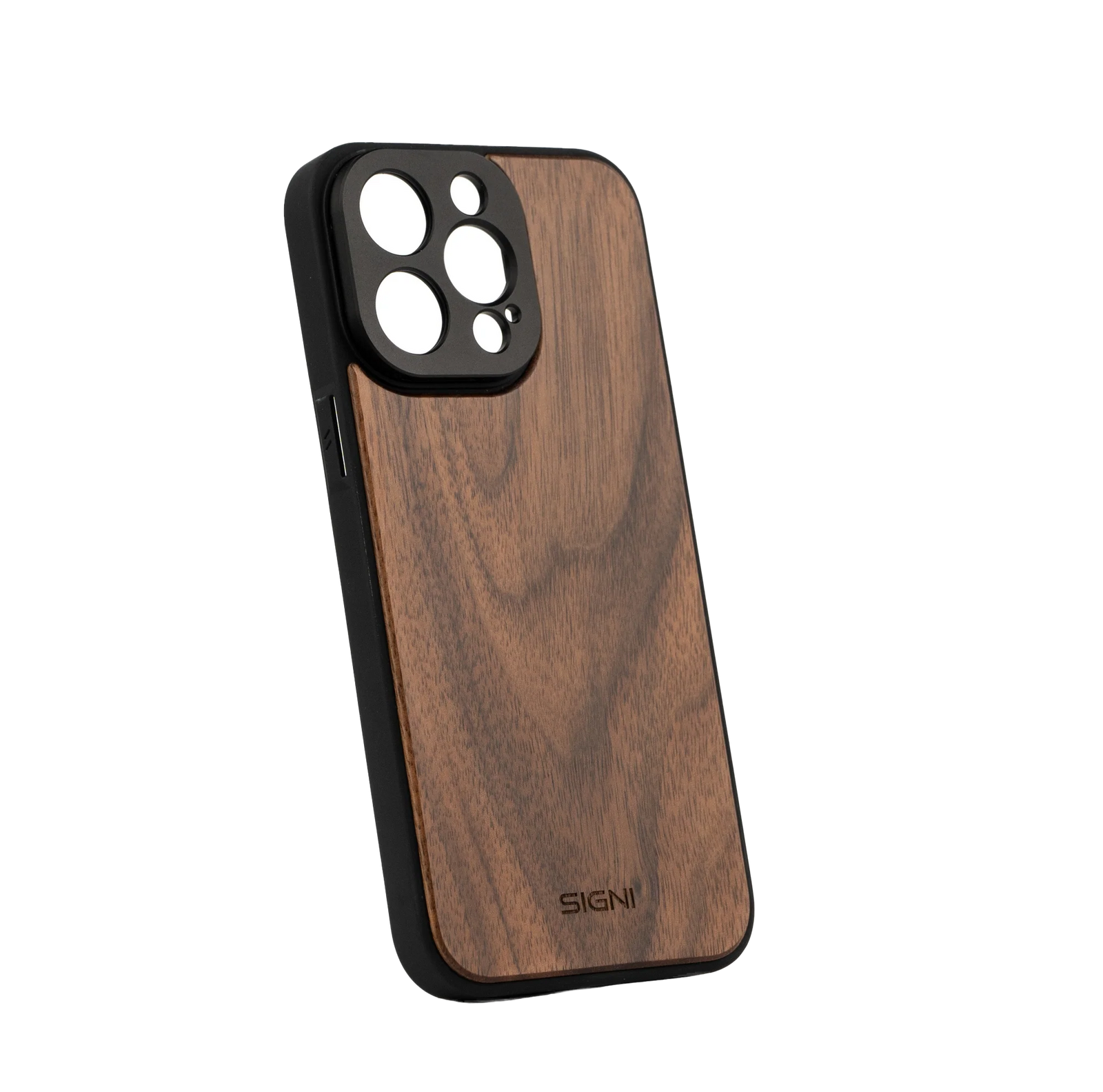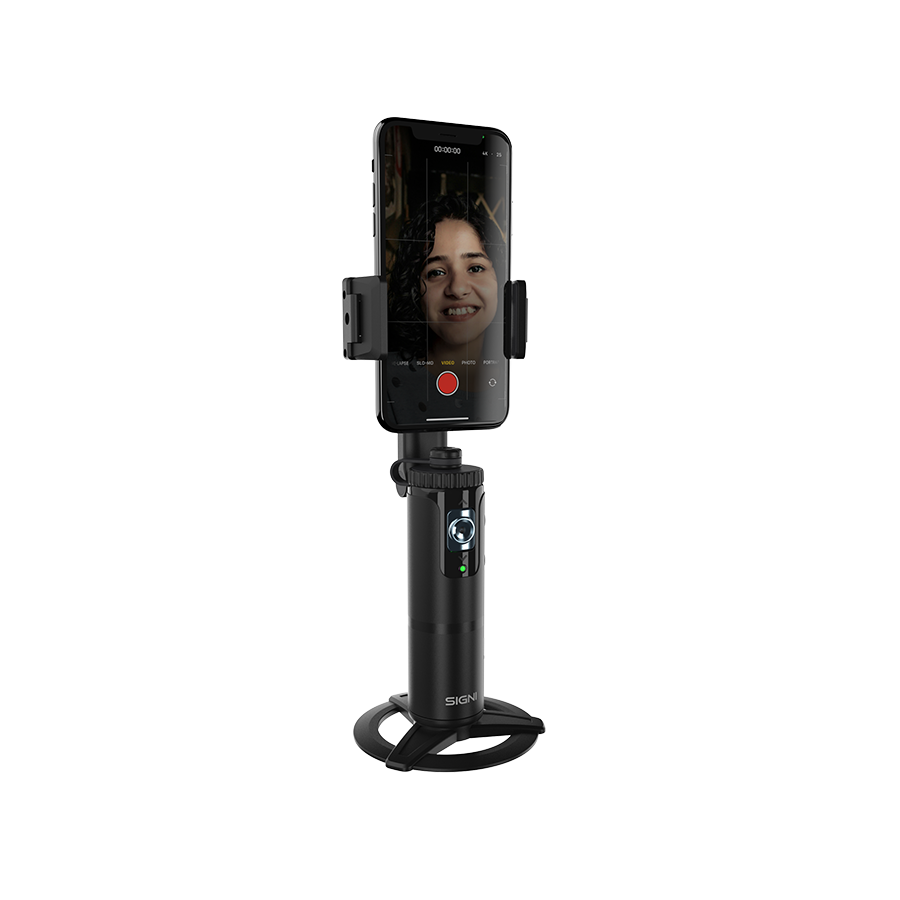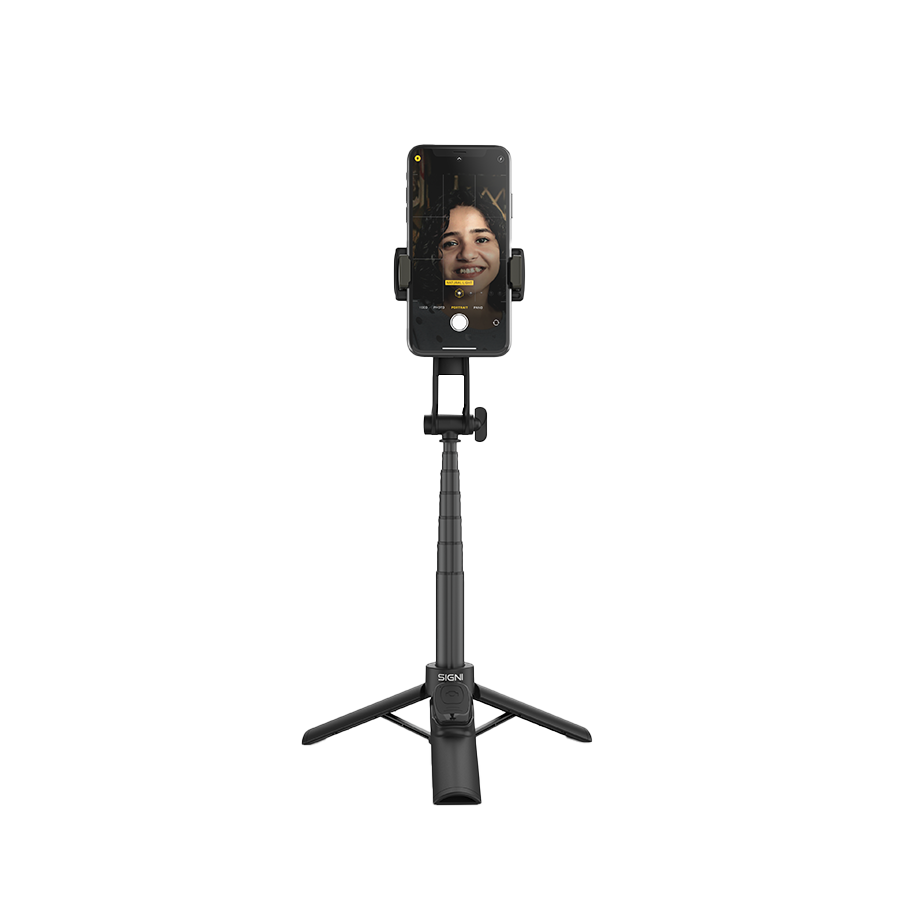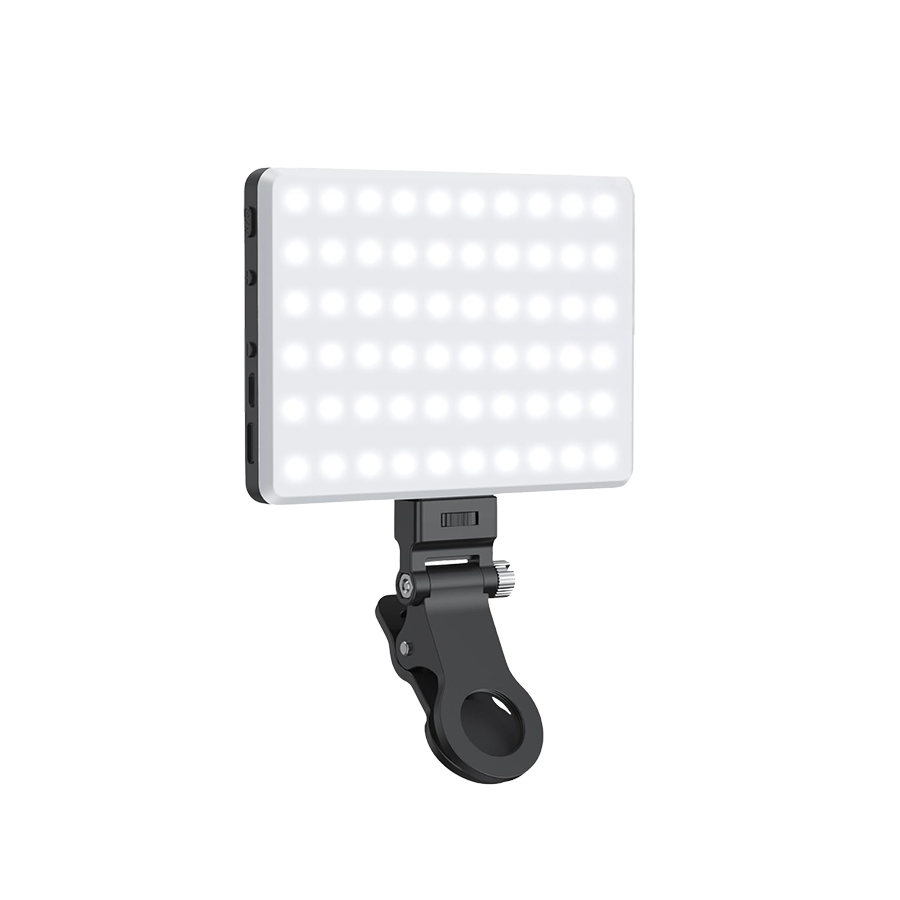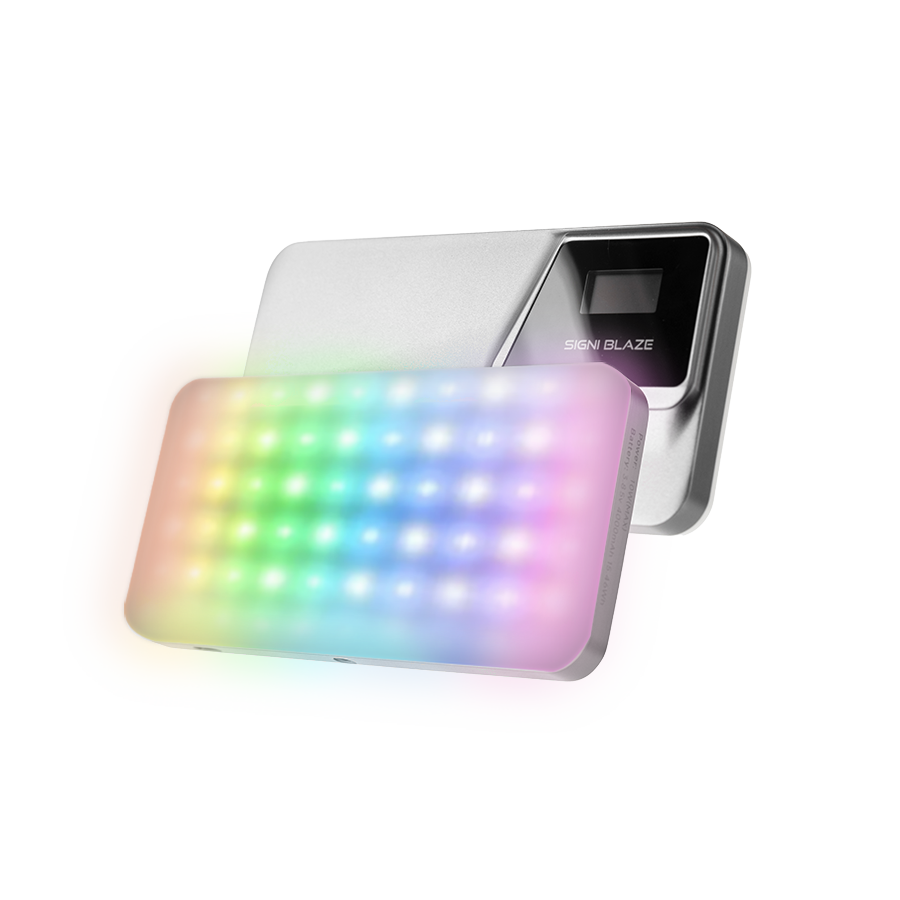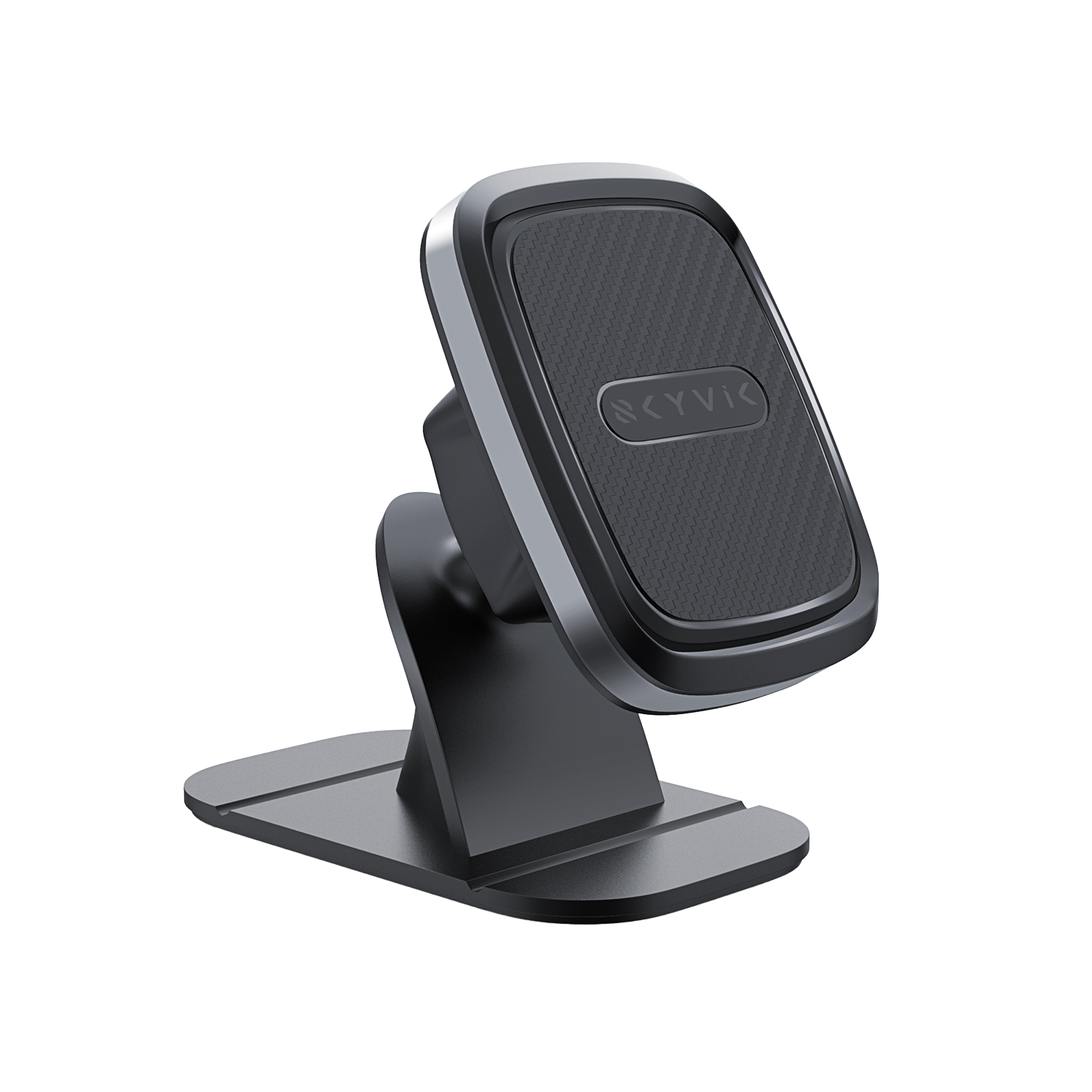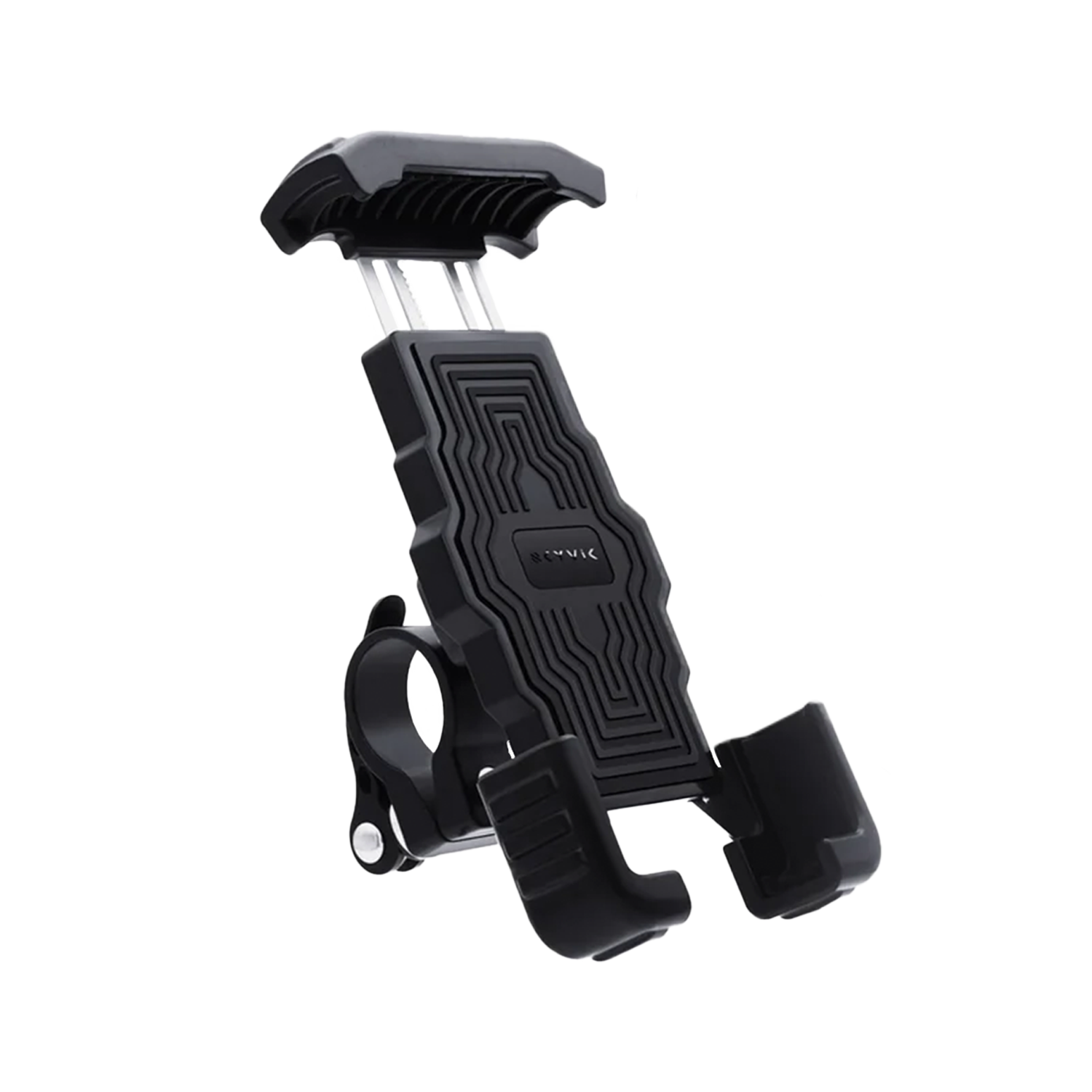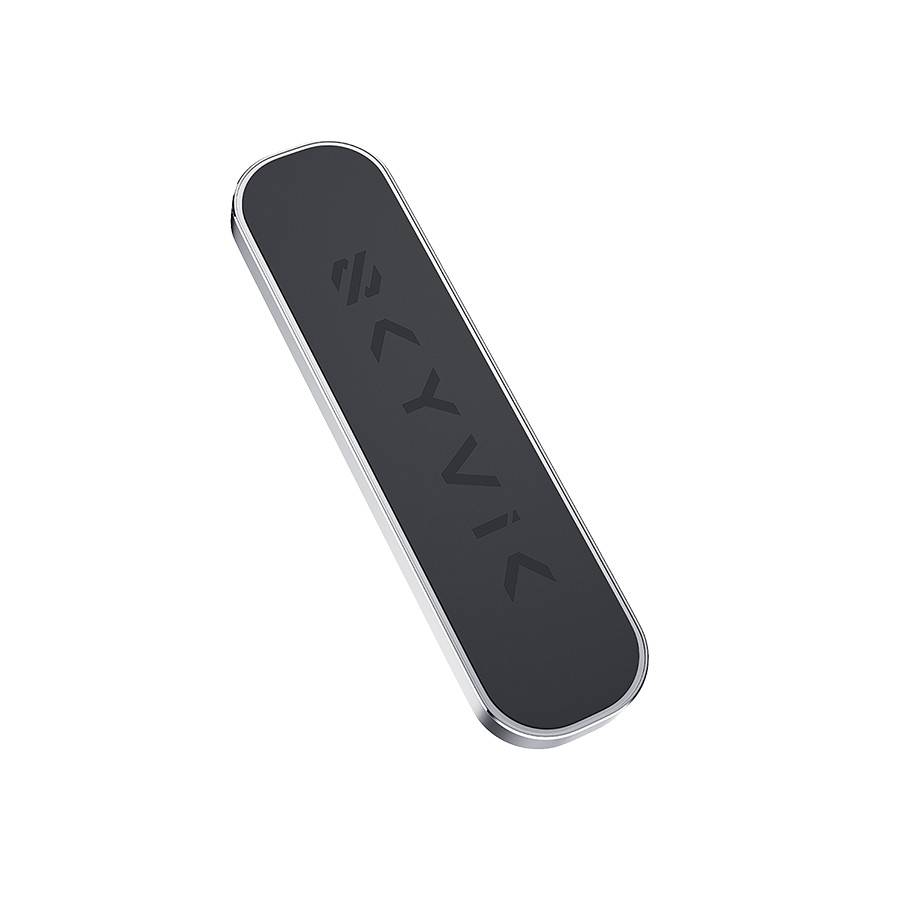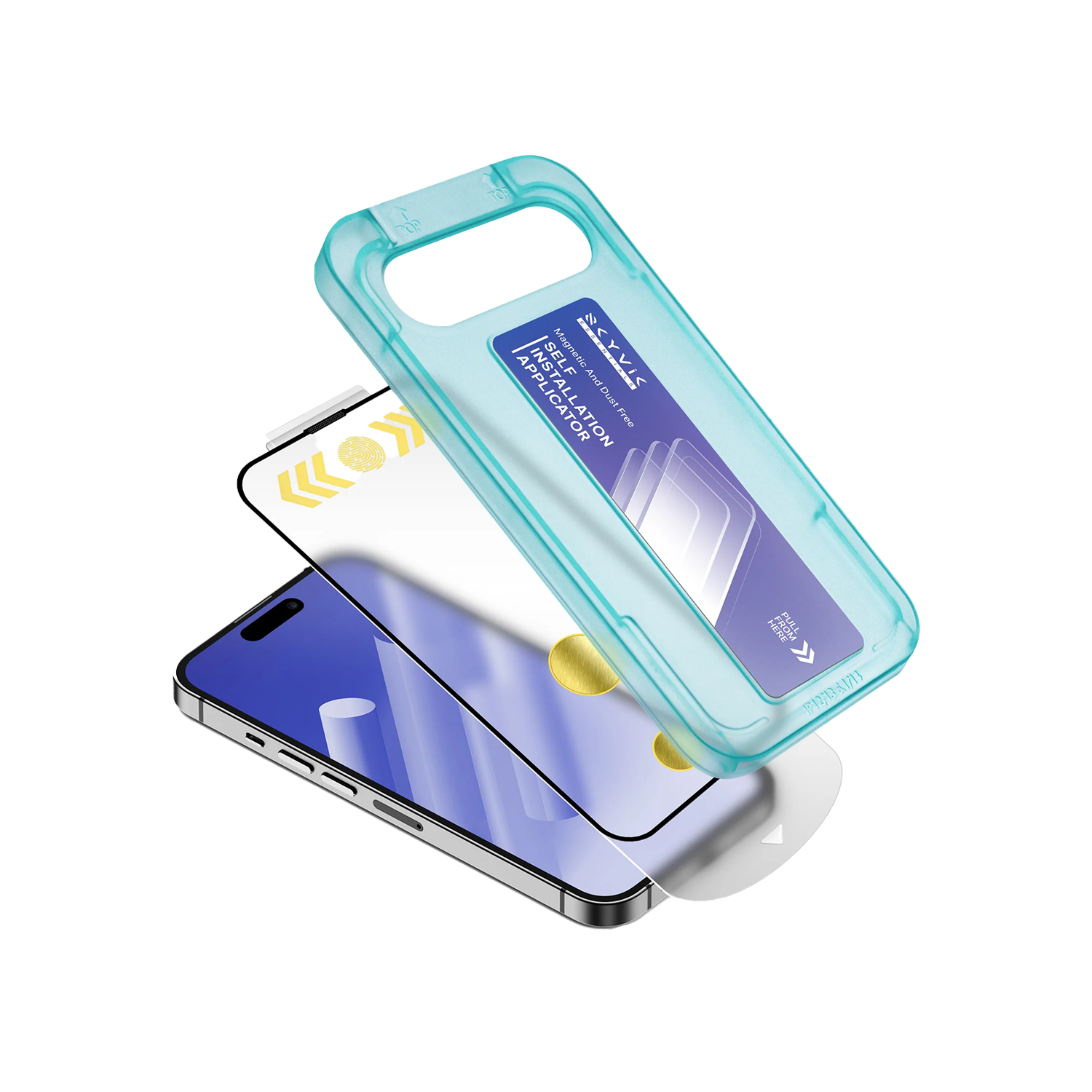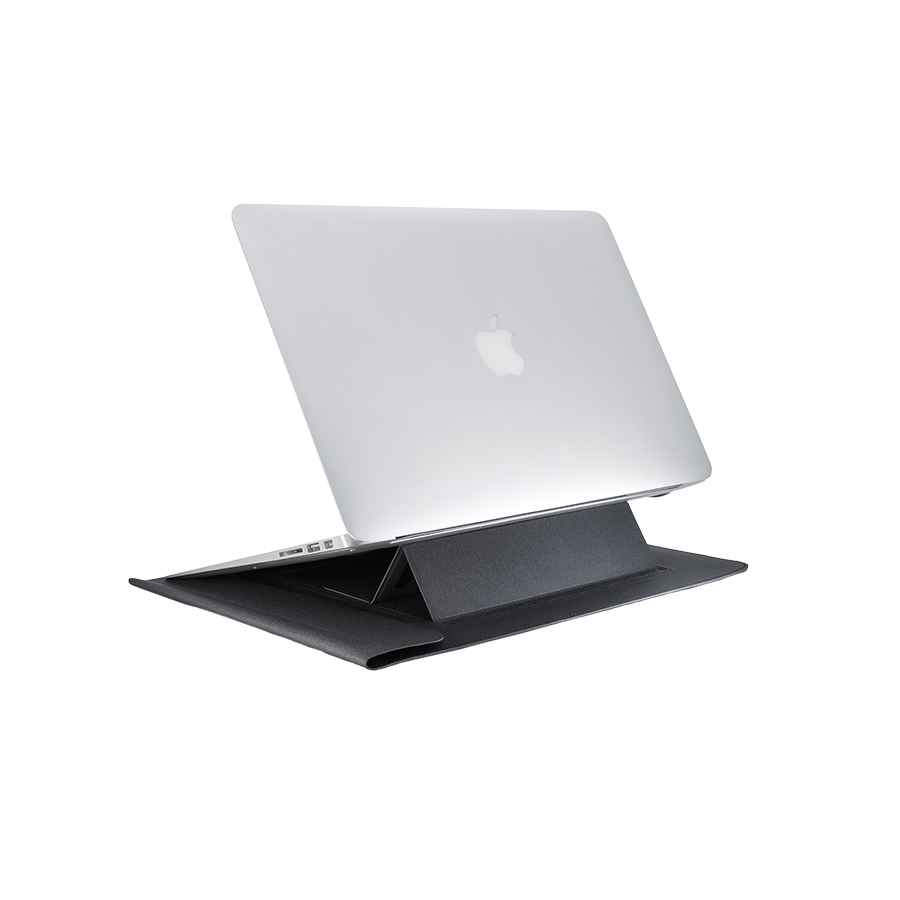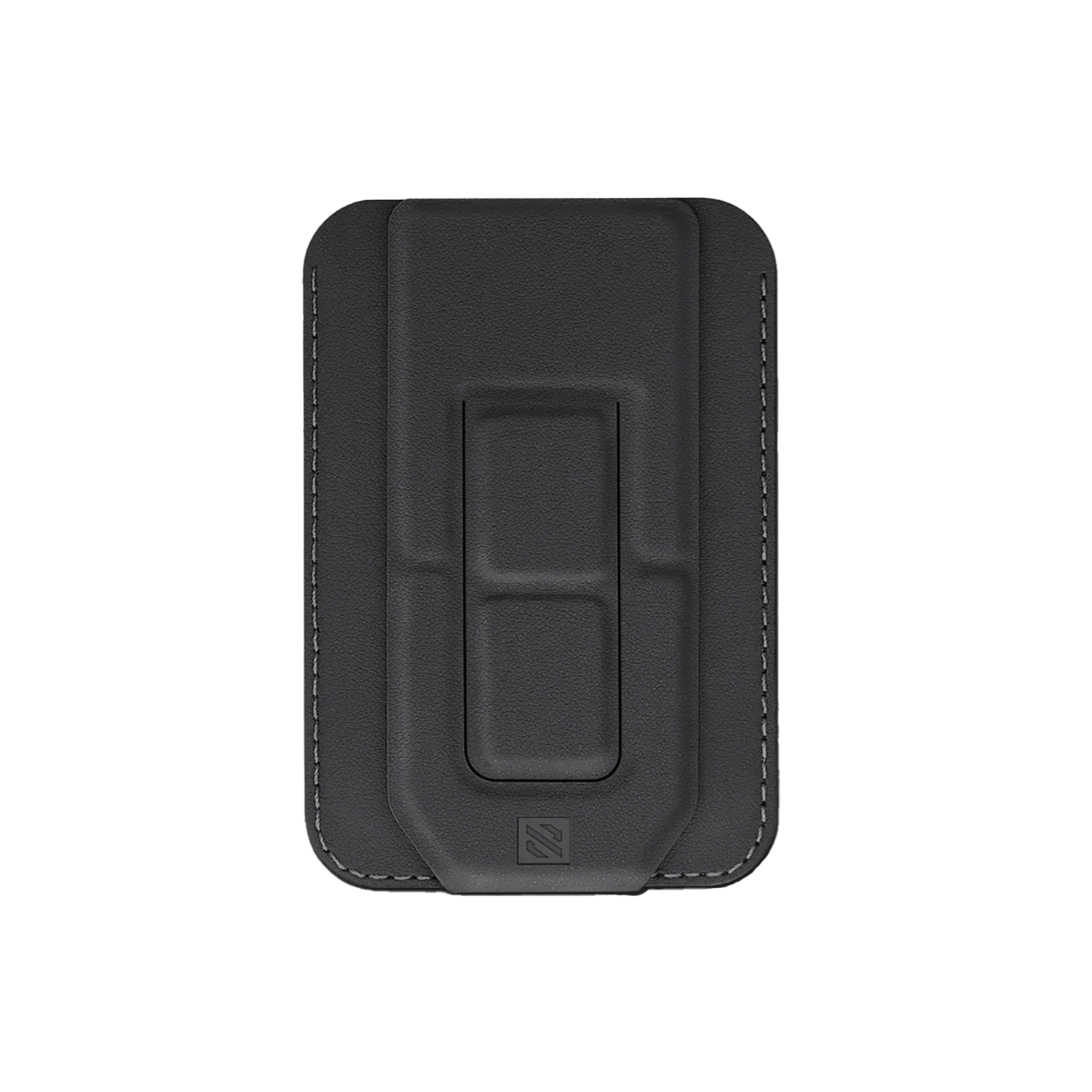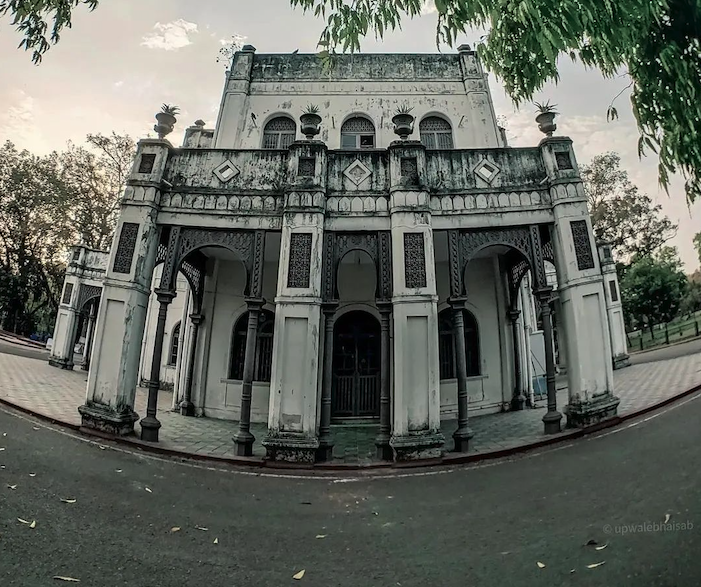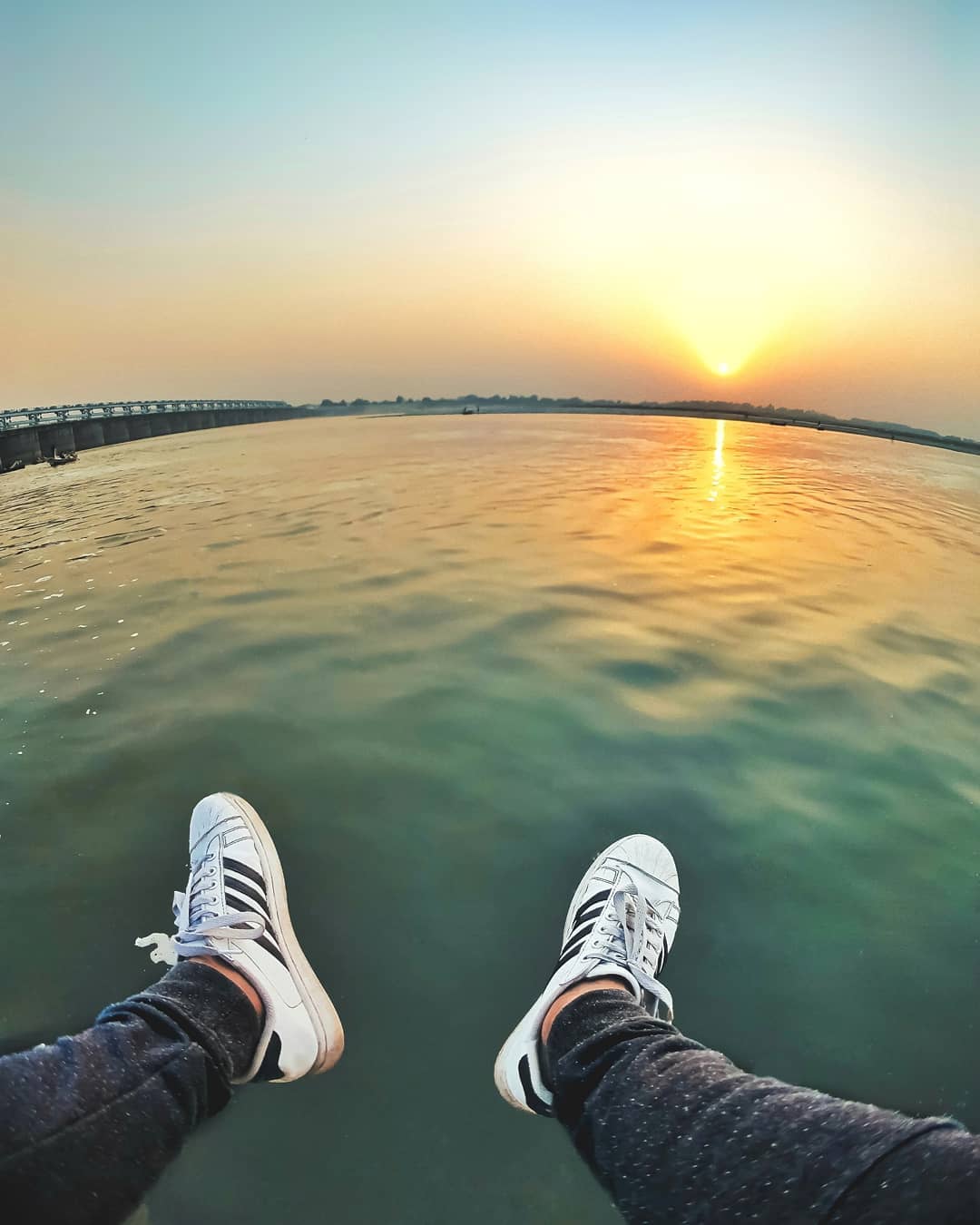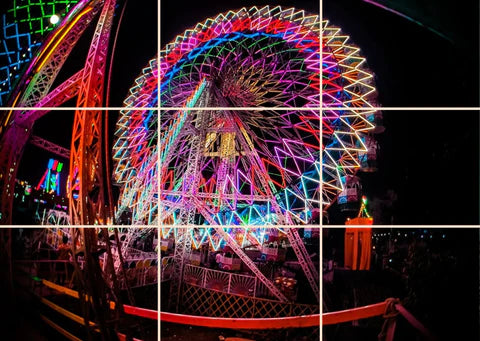MOBILE LENSES
Mobile Holders
Everyday Essentials
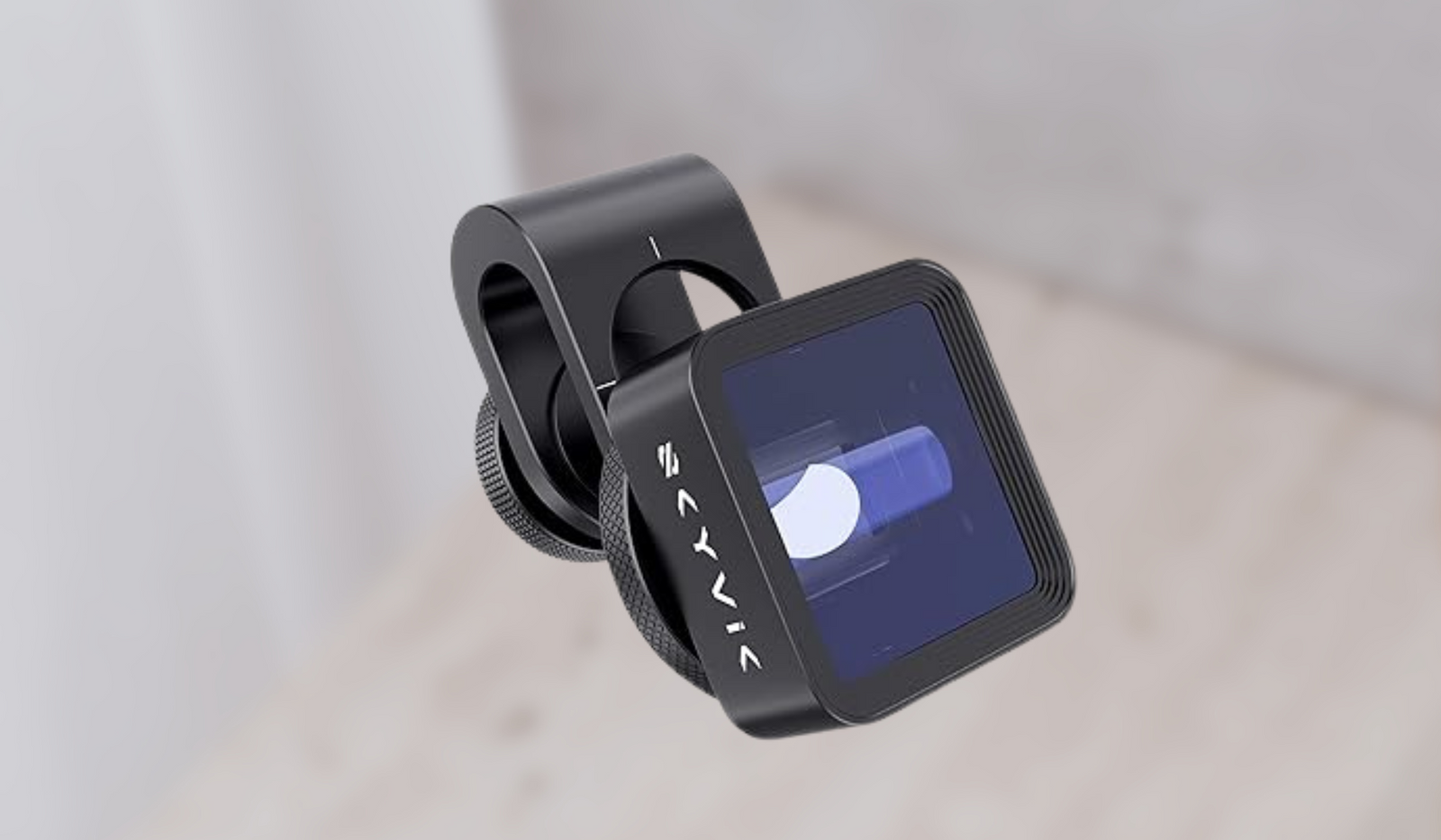
What is an Anamorphic Lens? Unlocking the Cinematic Magic
4 min read
In the dynamic realm of photography and filmmaking, creators are always on the lookout for tools that can add that extra touch of magic to their work. One such tool that has gained significant traction is the anamorphic lens. Let's explore what anamorphic lenses are, their historical significance, and how they work. Additionally, we'll introduce an affordable alternative for phone photography – the Skyvik mobile camera lens.
Understand Anamorphic Lens
An anamorphic lens is a specialized optical device that distorts the captured image to provide a widescreen aspect ratio when de-squeezed. This unique distortion creates a cinematic look, making it a favorite among filmmakers and photographers alike. Mobile anamorphic lenses work by employing optical elements to squeeze a widescreen, horizontally stretched image onto the rectangular sensor of a mobile phone camera. This squeezed image is then desqueezed during playback or post-processing to restore the original widescreen aspect ratio. Here's a breakdown of how mobile anamorphic lenses work:
-
Lens Design: Anamorphic lenses have a unique optical design that compresses the image horizontally. They typically have cylindrical lens elements that squeeze the image in one direction, resulting in a wider field of view.
The squeezing effect is usually applied to achieve a specific aspect ratio, commonly 2.39:1, which is a widescreen cinematic format.
-
Squeeze Factor: Anamorphic lenses are characterized by their "squeeze factor," which represents the degree of horizontal compression. For example, a 1.33x anamorphic lens compresses the image by a factor of 1.33 in the horizontal direction.
-
Mobile Lens Attachment: Mobile anamorphic lenses are designed to attach to the existing lens of a smartphone. They are often in the form of clip-on attachments or integrated cases with a built-in anamorphic lens.

-
Capture Process: When the mobile phone camera with an attached anamorphic lens captures an image or records video, it records the horizontally compressed scene onto its rectangular sensor.
-
Desqueezing: During playback or in post-processing, the desqueezing process takes place. The software or player recognizes that the image is horizontally compressed and applies the inverse of the squeeze factor to restore the correct aspect ratio.
For example, if a 1.33x anamorphic lens was used, the desqueezing process would stretch the image horizontally by a factor of 1.33, restoring the widescreen format.
-
Widescreen Cinematic Look: The primary purpose of using anamorphic lenses is to achieve a widescreen cinematic look. This involves capturing more horizontal information in the frame, creating a more immersive and visually appealing result.

-
Lens Artifacts: Anamorphic lenses can introduce unique optical characteristics and artifacts, such as lens flares and bokeh patterns, that are often considered aesthetically pleasing. Filmmakers and photographers sometimes intentionally use these artifacts to enhance the visual style of their work.

In summary, mobile anamorphic lenses work by optically squeezing the image during capture, allowing users to achieve a widescreen cinematic look with their smartphone videos and photos. The desqueezing process is crucial for restoring the correct aspect ratio during playback or post-production.
History of Anamorphic Lenses
The roots of anamorphic lenses can be traced back to the film industry, where filmmakers sought innovative ways to captivate audiences. The first anamorphic lens, developed in the 1950s, marked a groundbreaking shift in cinematography.
How Do Anamorphic Lenses Work?
Anamorphic lenses achieve their unique effects through cylindrical optics, compressing the image horizontally during capture. This compression is later de-squeezed in post-production or through compatible viewing devices.
Benefits of Using Anamorphic Lenses
Anamorphic lenses are revered for their ability to produce images with a cinematic quality. The elongated bokeh and unique flares create a visual language that speaks volumes in storytelling. The widescreen aspect ratio achieved with anamorphic lenses allows filmmakers and photographers to capture more within the frame, enhancing the storytelling potential of their visuals.

Anamorphic phone lenses have transcended the film industry and are now making waves in professional photography. Their ability to add a cinematic touch to still images has opened up new avenues for creative expression.
Skyvik: A Game-Changer for Phone Photography
In the quest to make professional-quality photography accessible to all, Skyvik has emerged as a game-changer. Their mobile camera lenses offer an affordable alternative to expensive DSLR and DSLR lenses, bringing the magic of anamorphic effects to smartphones.

Skyvik Features and Benefits
Skyvik lenses are crafted with precision, using high-quality optics and materials. This commitment to excellence ensures that users experience the full potential of anamorphic effects in their photography. One of the standout features of Skyvik lenses is their compatibility with a wide range of smartphones. The seamless integration of Skyvik lenses with smartphones allows users to elevate their photography game instantly.

Conclusion
In conclusion, anamorphic lenses stand as powerful tools for storytellers, providing cinematic aesthetics and a unique visual language. The evolution of these lenses has made them accessible to a broader audience, revolutionizing both filmmaking and photography. Skyvik emerges as a standout solution for those eager to explore anamorphic effects without the hefty price tag. Its affordability, coupled with impressive performance, makes it a must-have for anyone passionate about phone photography.

